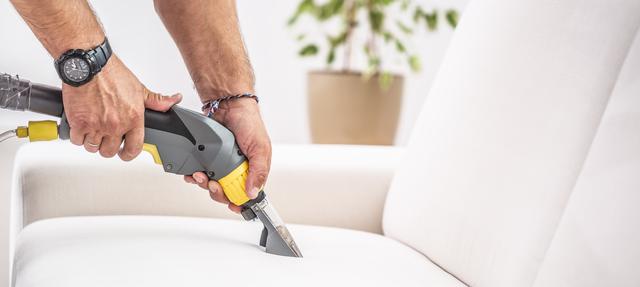One of the most-utilized rooms in your home is the kitchen. Whether it’s cooking, eating, or simply lounging in with a warm drink after a long working day, we spend a lot of time in the kitchen. Sure, there are other rooms dedicated to providing a comfortable place to sit, such as the living room, bedroom, or lounge; but the kitchen, in its own special way, must also be comfortable for the household.
It’s also no secret that kitchens can get worn out and dirty as time goes on after all that use. Monthly maintenance of the room is therefore required to not only keep the place comfortable but also functional. Not all kitchen maintenance tasks are as clear-cut as one would think, and certain cleaning tasks go beyond the standard wiping off surfaces with a disinfectant wipe or organizing the cupboards.
Among the areas of your kitchen that get the dirtiest is the stove. Whether they are spills made during cooking or the general dirt that builds up over time, you’ll need to know your way around kitchen stove maintenance in order to keep the room tidy and clean. A handful of general tips can help you maintain and clean your kitchen stove to leave it immaculate.










comments